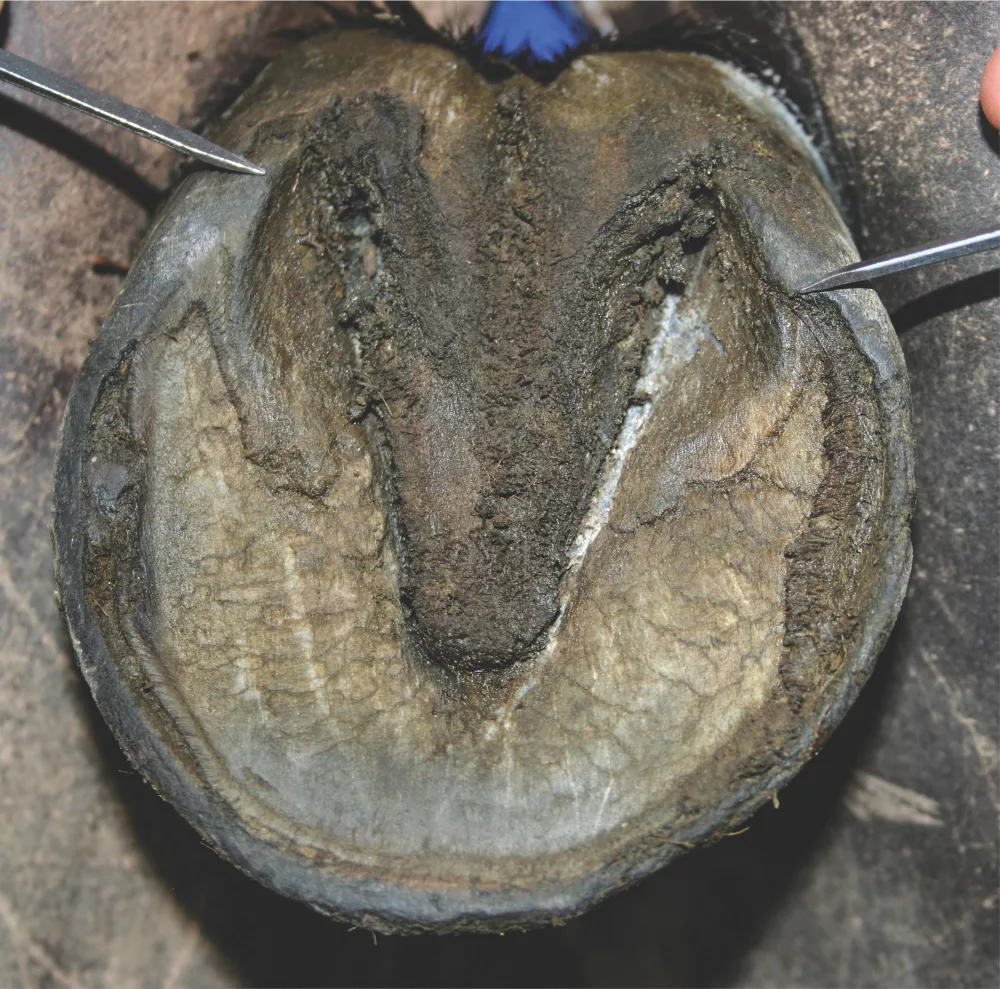American Farriers Journal
American Farriers Journal is the “hands-on” magazine for professional farriers, equine veterinarians and horse care product and service buyers.

In modern brain research, scientists say it takes 10,000 hours to become really competent to where your hands and your mind are all working together, where you don’t have to think about every move you make.
This is something we’ve known for centuries, haven’t we? The average apprenticeship is 4 years long. If you take about 40 to 50 hours a week over 4 years, it adds up to 10,000 hours. That’s 10,000 hours to learn how to properly shoe a horse. That’s great, but there’s so much more to learn.
When you first start out, you’re getting good at it. You can get through a horse in a short amount of time. You’re feeling confident. You want the bigger barns and you want the better horses, but you forget to look at the rest of the horse. You forget to look at what else is going on.
Limb deviations have been talked about for centuries, but you have to be careful when talking about them with clients who become very sensitive when you tell them, “Your horse is carpal valgus, fetlock varus, with an axial rotation.” Every horse you work on is perfect in the eyes of the owner. Don’t forget that.
It’s important to look closer at these animals. Look at them from a lot of different directions. Look at the compound deviations. They’re not all the same. They don’t have straight lines that we can put through the limb as in a textbook or on…